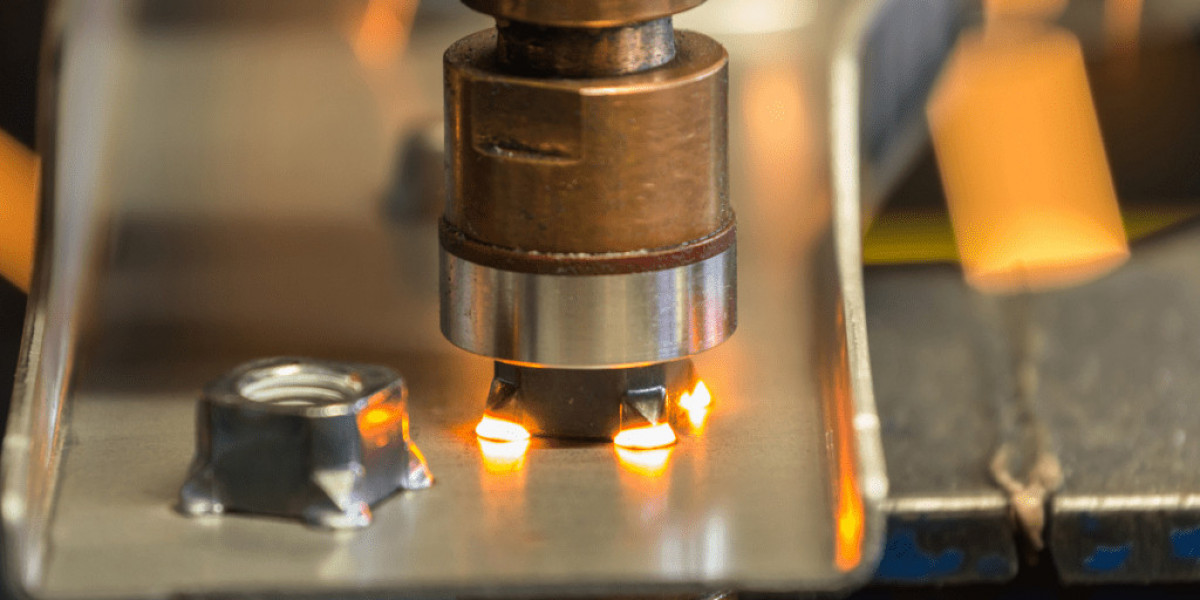What Is a Resistance Welder?
A resistance welder works by passing a strong electric current through metal pieces while applying pressure. The heat generated by electrical resistance fuses the metals together. This process is fast, reliable, and often used in mass production industries like automotive manufacturing, electronics, and metal fabrication.
Resistance Welding vs. MIG Welding
MIG welding (Metal Inert Gas) is one of the most common welding methods. It uses a wire electrode and shielding gas to join metals. While MIG welding is versatile and great for thicker materials, it usually requires more skill to maintain consistency, and it can be slower for high-volume production.
Resistance welding, on the other hand, doesn’t require filler material or shielding gas. It’s faster and cleaner, making it more cost-effective for repetitive tasks.
Resistance Welding vs. TIG Welding
TIG welding (Tungsten Inert Gas) is known for producing high-quality, precise welds. It’s ideal for aerospace, piping, and applications where the look of the weld matters. However, TIG welding is time-consuming, requires significant skill, and isn’t the best option for mass production.
In contrast, resistance welding may not always deliver the same aesthetic finish, but it excels in speed, strength, and automation potential.
Resistance Welding vs. Arc Welding
Arc welding uses an electric arc to melt metals at the joint. It’s effective for outdoor work and heavy-duty projects but can be messy, requiring clean-up after the weld. It also consumes more materials and energy.
A resistance welder is cleaner, energy-efficient, and perfect for large-scale production lines, especially where speed and efficiency are top priorities.
Which One Should You Choose?
If you’re handling small-scale, custom, or highly detailed projects, methods like TIG or MIG welding might be your best choice. But if your goal is speed, efficiency, and reliability in mass production, then resistance welding is the smarter investment. It saves time, reduces costs, and ensures consistent results.
Final Thoughts
Choosing the right welding method depends on your project’s needs. For industries that value automation, durability, and long-term savings, the resistance welder is a game-changer. With its proven efficiency, it’s no surprise that leading manufacturers rely on it for critical production tasks.














